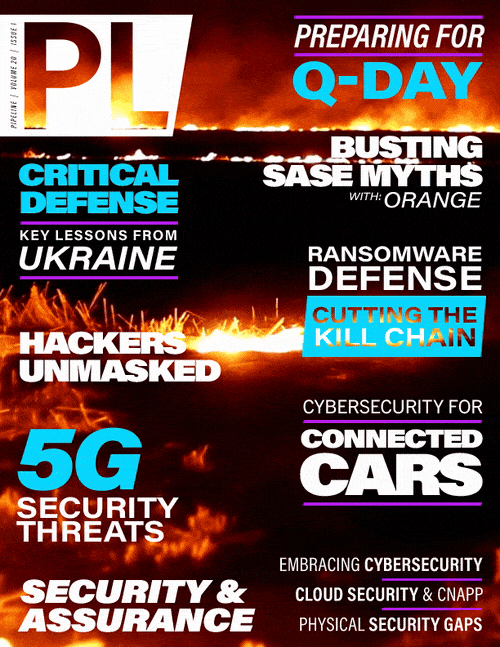Evolving The Network to Prepare for Q-Day
A Solution with the Least Implementation Vulnerabilities and Multi-Purpose Application Possibilities
In an ideal world, the best solution to the Q-Day threat is one without implementation vulnerabilities and one that can add value with other application possibilities beyond protection. The QSC
security schemes had been around for decades, just waiting for the technology to develop so they could actually be used. The same entanglement-based networks that enable QSC are also the ones
that will enable the networking of quantum computing, future distributed quantum sensing applications, and connectivity to blind quantum compute.
Quantum networks exist today, and have actually been around for quite some time. The first quantum communication protocols were established in 1984, and the first quantum network in the US went live in 2003. Toward the end of the 2010s, there was renewed interest when the catastrophic security threats associated with quantum computers started to become known. This renewed interest drove an increase in funding and investments to companies and organizations developing and deploying quantum networks at scale, and the technology continues to develop very quickly. Entanglement-based quantum networks are starting to pop up all over the world with some of them testing and running QSC.
In 2022 alone, ten new quantum network deployments were announced or were operating in North America. This includes the EPB Quantum Network℠, America’s first industry-led, commercially available quantum network. These networks and testbeds all started small—some just two to three nodes—but then they scaled the networks to many nodes, and will continue to scale and connect to other networks across the country.
Integrating Quantum into Existing Networks
Entanglement-based quantum networks are also compatible with a lot of existing classical networking infrastructure, including standard telecom fibers and frequency bands, optical transport, network components, and existing encryption devices. Building entanglement-based quantum networks will not require a complete infrastructure overhaul or upgrade, which makes them easier to build and scale up. A great way to think about this is to remember when the classical network was originally used only to make telephone calls, and then transitioned to the internet—yes, you can still make calls, but now the network can be used for much more than that.
The progression from previous quantum networks to entanglement-based quantum networks will likely be the same. QSC can be used now and in the future for enhanced quantum computing capabilities
and distributed quantum sensing. It will also be the foundation for the Quantum Internet, the global scale entanglement-based quantum network that will be able to support all known quantum
applications, as well as all of the distributed quantum applications that haven't even been invented yet.
Quantum networking will also help improve metro and wide area networks. With a wide area network, organizations can connect quantum devices together and run distributed quantum applications. So, for example, if it wanted provably secure communication between parties on this wide area network, it would need entanglement-based quantum networks to run QSC. If it wanted to do blind computing—the only secure option for transmitting data on the cloud—one of the applications of distributed quantum computing, entanglement-based quantum networks will be needed.
Address The Threat Now, Reap the Advantages Later
While it makes sense to address the current threat from quantum computers, organizations that evolve their networks now can capitalize on the advantages that will come with quantum computers, quantum networks, and other quantum technology. QSC is provably secure, meaning mathematically proven to be secure against all types of cyberattacks. Put another way, it means that at no time in the future will algorithms, quantum computers, classical computers, or future technology, be able to break these schemes. These technologies promote faster computing, bolster the cybersecurity, and will enable the global Quantum Internet.


















